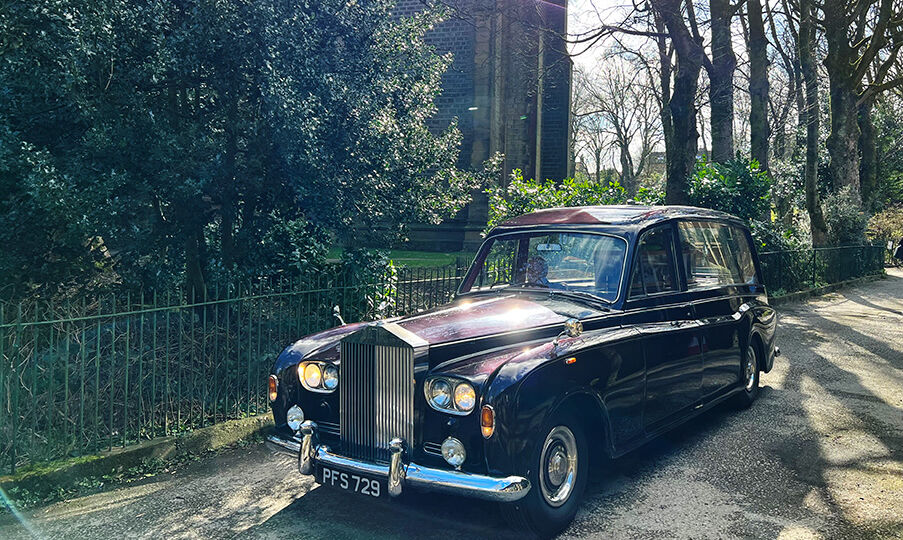
The history of the hearse! It’s an intriguing and unique topic that delves into the evolution of funeral traditions throughout history. Let’s embark on a journey through time to explore the fascinating origins of the hearse.
The concept of using a vehicle to transport the deceased can be traced back thousands of years. In ancient times, various cultures had different methods of carrying the deceased. For instance, the ancient Egyptians used elaborate processions and ornate chariots to transport the bodies of their pharaohs and high-ranking individuals to their final resting places.
Fast forward to medieval Europe, and we start to see the emergence of what we would recognise as a hearse today. During this period, horse-drawn carriages were commonly used to transport the deceased to the graveyard. These carriages were often black, symbolising mourning, and featured intricate designs and decorations.
The word “hearse” itself has an interesting origin. It comes from the Old French word “herce,” which referred to a triangular frame used for holding candles. This frame, resembling the shape of a modern hearse, was originally used to hold candles around a coffin during funeral processions.
As time went on, the design and purpose of hearses continued to evolve. In the 19th century, hearses began to take on a more standardized appearance. They became larger and more ornate, featuring glass windows to display the casket and elaborate decorations.
With the advent of the automobile in the early 20th century, horse-drawn hearses gradually gave way to motorised vehicles. The first motorised hearses were often converted from regular cars, with modifications made to accommodate the casket and provide a dignified and respectful means of transportation.
Today, hearses come in various shapes and sizes, depending on cultural and regional preferences. Some are sleek and modern, while others retain a more traditional and ornate style. They continue to play a significant role in funeral processions, offering a dignified and solemn transport for the deceased.
The history of the hearse reflects the evolution of funeral customs and the changing attitudes towards death and mourning throughout different eras. It’s a testament to the human desire to honour and respect the departed, providing a final journey that reflects the reverence and love we hold for those who have passed on.
